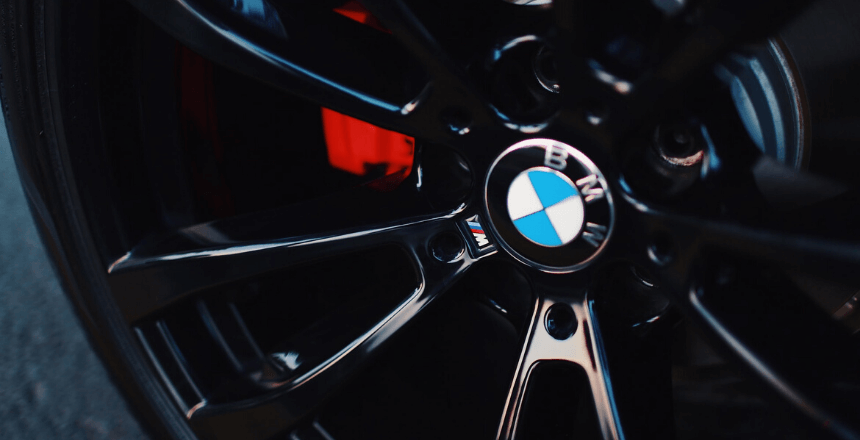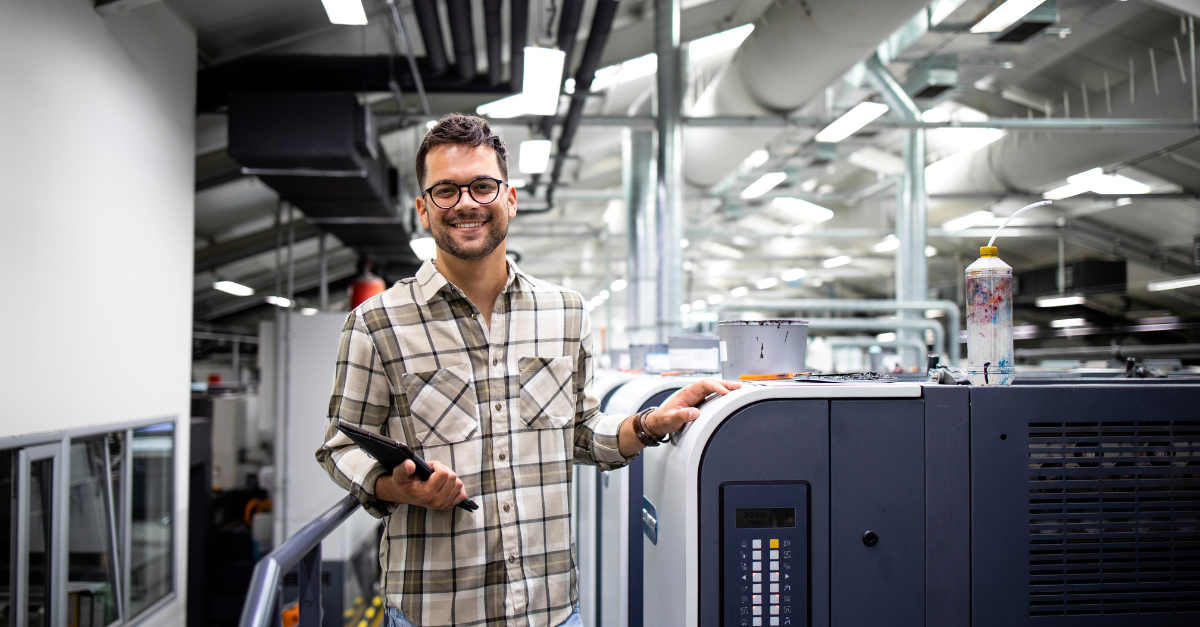3D Technologies in the Automotive Industry
3D technologies have made an appearance, paved their way and changed the automotive industry indefinitely. With that said, this concept isn’t exactly new.
We’ve watched a number of automobile prototypes enter the market, offering innovative opportunities for many manufacturers. Yet, design elevation has been the sole aim of additive manufacturing this far.
As 3D technologies advance, a shift is currently reshaping the automotive industry. As a result, we’re witnessing technology transform the design, development, manufacturing, and distribution of vehicles. We are watching 3D printing technologies reduce both waste and cost in the industry.
We’re observing key trends take over the norm within automobile design and roll-out, from a mere tool to a sought-after process.
Here at 3ecruit, we’re excited to see where 3D technologies will take the automotive industry, and the benefits readily available for manufacturers and customers. Check out why here…
How 3D technologies are shifting the automotive industry
So far, 3D technologies have been favoured for their ability to support the design of vehicles. In short, they’ve been used to support the visual concept and creation of prototypes for pre-manufacturing stages. However, this far, the ability to use these 3D parts were limited, with their weak, short standing structures.
Yet, as time has gone by, technologies have advanced, and automotive trends have changed. As a result, 3D technologies are now incorporated into the whole process – from design, all the way to distribution.
Picture this, 3D printing technologies can now help with:
- The visual structure and design of vehicles, supporting the conceptual process and the communication of those concepts.
- The adaptation process, following market research, industry trends, and legislation.
- The validation of prototypes, offering an efficient design and manufacturing process.
- The manufacturing of tools and parts through 3D printed models.
- The customisation of vehicles for consumers/industries.
With this shift, the global automotive industry is set to reach staggering highs over the next few years, with a large focus on 3D printed parts. Many large automobile manufacturers are now jumping on this trend to make use of the latest technologies in the market; including Bugatti, Ford, and BMW.

From Bugatti’s innovative brake calipers to Ford’s testing of the Stratasys Infinite Build system, many manufacturers are looking to speed up the process, while boosting performance. See exactly why 3D technologies work, and what exactly is in store for the automotive industry as a result of this…
Why do 3D technologies work?
In a sustainability-conscious world, it was inevitable that the manufacturing of vehicles would shift. With this trend directing the way in consumer-led industries, 3D technologies are highly adopted. See why they work in today’s market…
- The cost of 3D printed parts is much less, along with the lead time. With this in mind, production is efficient along with reducing the cost of complex parts.
- By investing into on-site 3D printers, manufacturers will have greater control over intellectual property when creating prototypes. Offering true differentiation and reliability, it is a highly favoured benefit.
- A lot of material is wasted through traditional vehicle manufacturing. However, this can be avoided through utilising 3D printed material, experienced throughout each stage of the manufacturing process. This is one of the key reasons why 3D technologies work, following the current purchasing behaviours and commitments of consumers.
- 3D printing is favoured in the automotive industry for its flexibility. Designers can make tweaks throughout each manufacturing stage, along with adhering to evaluations and legislations. This is highly sought-after for manufacturers, helping them cater to the ever-changing demands of the industry, consumers, and trends.
- In an automated manufacturing process, faulty or missing parts can be a common occurrence. Yet, with an on-site 3D printer, you’ll have the ability to improve customer experience, by reprinting these parts in a few hours.
In tandem with 3D printing technologies, there are key benefits of 3D software. Offering the ability to design, test, roll-out prototypes, make adaptations and complete production, 3D printing software is invaluable in the design and manufacturing processes. Above all, it’s used to improve the quality and performance of automobile concepts.
What’s ahead for the automotive industry?
3D technologies provide many benefits, directing the way for soaring, innovative developments in the automotive industry. From new materials that can withstand extreme environments and heats, to supporting the build of electrical cars, traditional automobiles will soon dwindle. 3D printed cars will be the norm, where digitalisation and automation are promoted.
Some of the most recent developments include Ford’s attempt to reduce car thefts through 3D printed wheel locking nuts, controlled by the driver’s voice, to Jaguars Land Rover parking sensors, to improve quality – with many more innovations transforming the current market to improve driver experience.
With 3D technologies paving the way for greater things in the automotive industry, we’re keen to see where the industry will go. Keep your eyes peeled for future news on 3D technologies and their benefits.
Here at 3ecruit, we’re all about harnessing the value of digitalisation, helping to improve experiences and processes on a global scale. So, with that said, we also work with both candidates and clients, passionate about the future of 3D technology.
Get in touch with our team for our latest vacancies, or to discuss your recruitment needs within the additive manufacturing, VR or POS industries.











